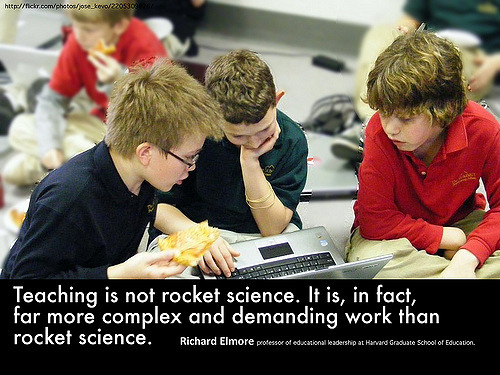Emoticons in and for Education

Photo credit: Ochre Jelly via Foter.com / CC BY-NC-SA Sometimes I wish emoticons were valued in education. Although it has been stated that “we will never know how any other animal or any other human actually feels” (Davis & Panksepp, 2011, p. 1947), I think they are a direct route to our amygdalae giving us an opportunity to gauge our emotional memory and prepare us for the get-go. This ‘impulse that induces action’ (Tokuhama-Espinosa, 2016) is still very immaturely dealt within our society; no wonder when affective neuroscience is in its beginning (Davidson Films, 2010) and emotional intelligence is but a baby boomer. Whereas humans are still ahead in identifying emotions (Ekman, 1973 but Balkenius and Morin, 2001) but compete with other species in mirror neurons that fire for both action and observation modes (Gallese & Goldman, 1998), we still lack in cultivating emotional intelligence since infancy properly. It’s not a tradition to start the day by tal






